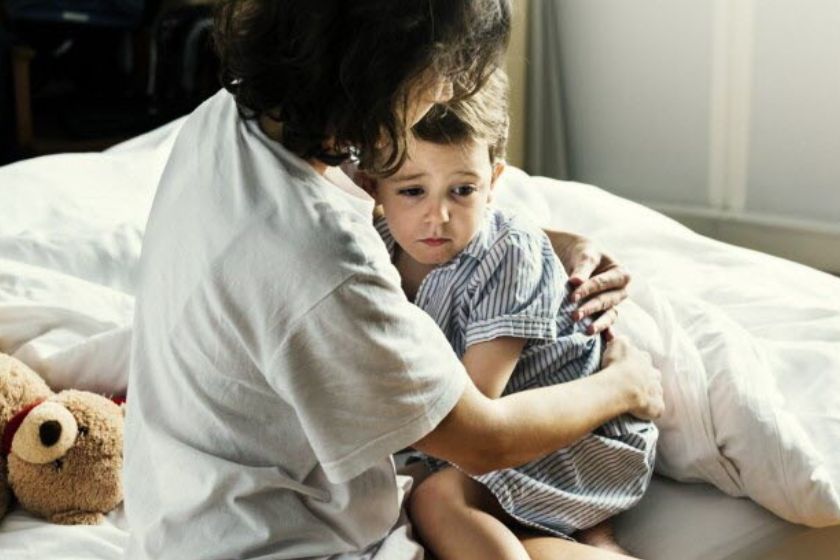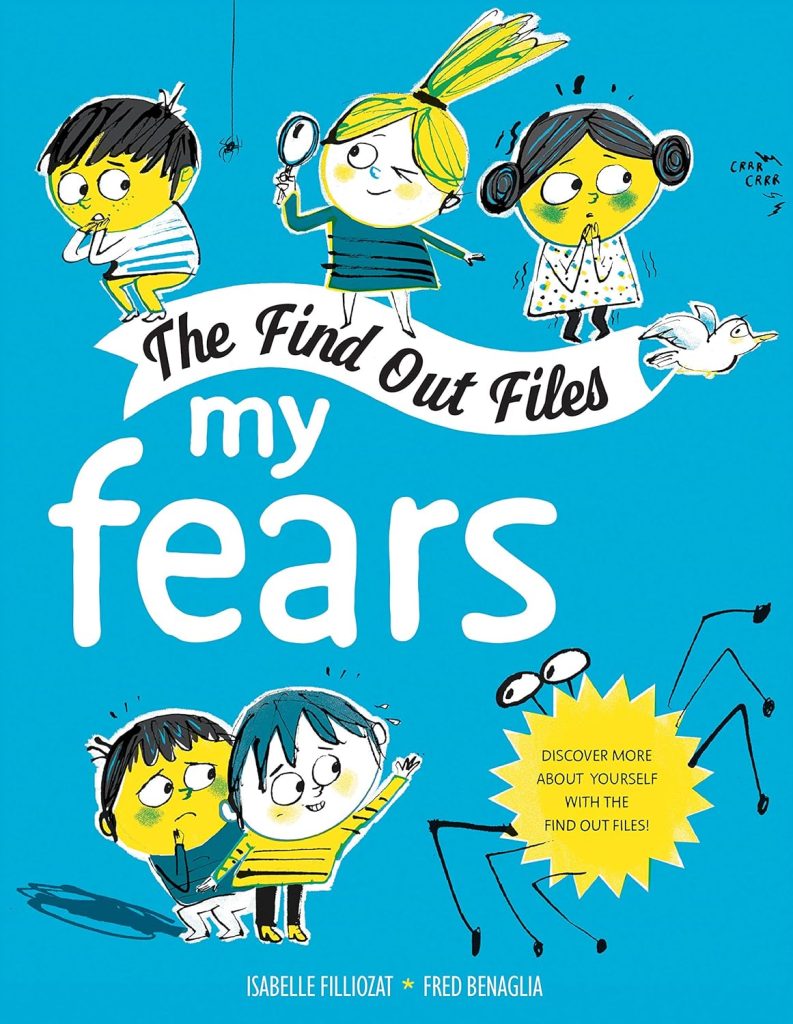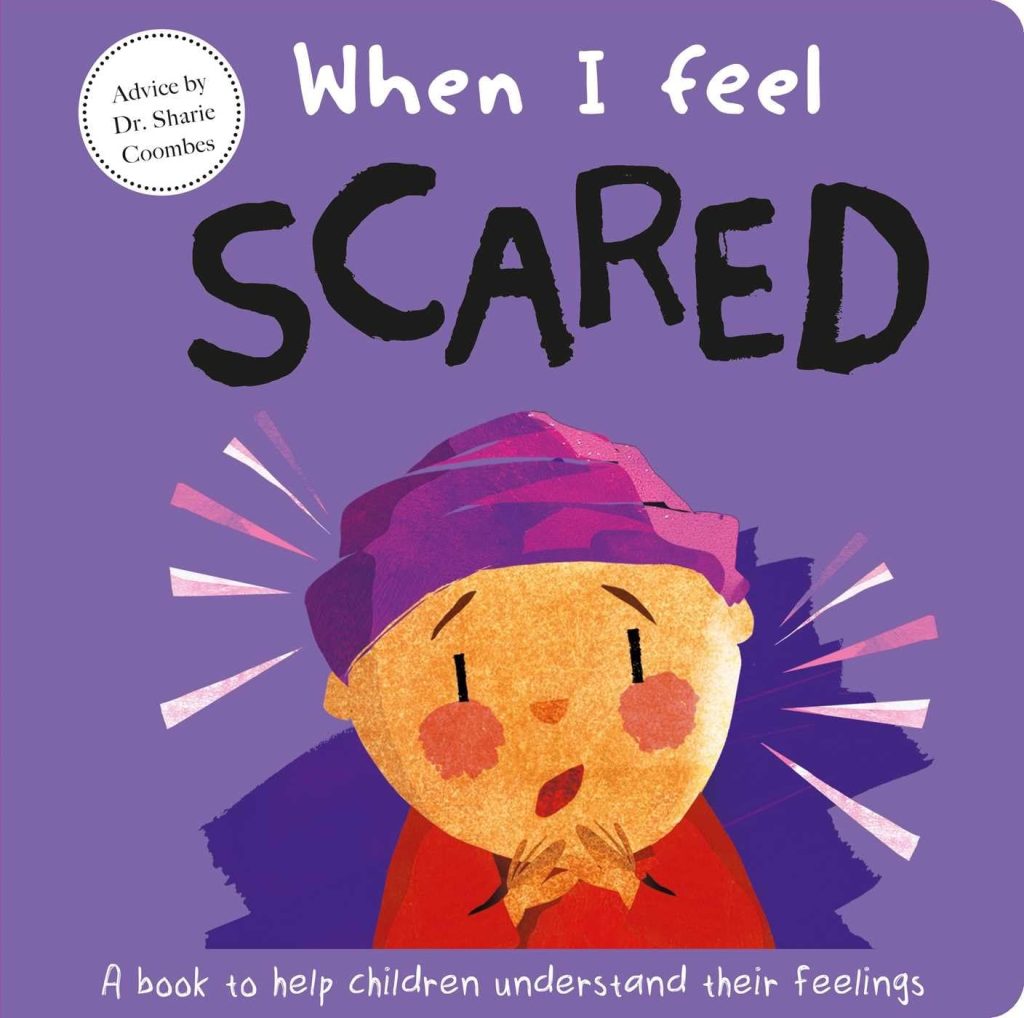Even far from the epicenter, the shock after the earthquake on September 8th is palpable in many of our children. What can we do? What can we say to prevent long-term? Here are some suggestions that will help alleviate stress of the children in your life… and the adults too.
Feeling the earth shake, even when living in an area spared from the worst of the damage, can be traumatizing, especially for children who are often woken up by parents who are almost panicking themselves. Whether evacuated or not, in calm or chaos, all children had to abruptly become aware of a new danger. They have discovered that the earth can tremble so strongly that our houses and buildings are not enough to protect us. On the contrary: what typically represents our safe space becomes a threat in this case.
This post-earthquake can manifest at different times, even after several days or weeks. Every child is different, and their reaction will vary depending on their experiences and personality. In some cases, the trauma can reactivate others and even trigger somewhat intense reactions. There is no universal solution to help them calm down. Sometimes, the assistance of a therapist may be necessary if the symptoms persist for several weeks, which can include sleep problems, decreased energy, difficulty concentrating, loss of appetite, and hypervigilance.
Encourage Them to Talk
The preferred tool to prevent the shock after the earthquake from turning into lasting trauma is communication. When a child sees an adult get down to their level to listen, they feel validated in their feelings. This makes them more comfortable in expressing the emotions that the event has triggered in them. This release is necessary to dissipate the tension that has built up in the body and is feeding the stress.
To initiate the conversation, open-ended questions should be used (avoid yes-or-no questions that steer the response). “Why” questions can add to stress, as they engage the mind and require thought. “How” questions, on the other hand, encourage description, helping to connect them with the body and emotions. For example, questions like, “How did you feel when you heard me scream?” or “How did you feel when you saw me come to get you in your bed?” are preferable.
For effective communication, you should listen quietly. Comments, even reassurance, can disrupt the child’s flow and seem out of touch with their feelings. Emotions, when they arise, should also be welcomed in silence to allow them to be fully released. Only then should you speak to rephrase what the child said with empathy, still without judgment. Phrases like “You were scared of…” or “You thought that…” or “It’s hard for you to…” can be used.
…but don’t overdo it
As mentioned at the beginning, the shock after the earthquake won’t manifest in the same way for everyone. If a child doesn’t seem overwhelmed by anxiety, it’s best not to push. The risk is that trying to address it may create trauma where there was none. On this principle, children should also be shielded from anxiety-inducing words and images. Turn off continuous news channels and any other sources of information that are hard to control.
Drawing can be a good way for children who have difficulty expressing themselves verbally. However, it’s essential not to comment or judge. Simply observe the process and name it: “You’re pressing hard,” “You’re using a lot of green,” “You’re taking your time to draw this character,” and so on. The goal remains the same: to get down to the child’s level, connect with their feelings, and create a safe space for emotions to emerge.
A child reluctant to talk may find it easier to do so in a play situation. If they are still young, using a stuffed animal or doll can be a playful way (and less intimidating than talking directly to adults) to start the conversation. Children are more likely to talk with their stuffed animal, especially if you animate it like a puppet with a funny voice.
Regain Control
To feel reassured, children need to be informed. You can suggest researching together how an earthquake occurs and what to do in case of an earthquake, while emphasizing that such events are exceedingly rare.
Restoring a child’s confidence also involves fostering a sense of personal power in all daily activities. This includes tasks unrelated to the shock after the earthquake. For example, involve your children in daily chores and, if appropriate for their age, let them do tasks on their own. This might include preparing breakfast, grocery shopping alone while you keep a close eye, being responsible for feeding the cat, or filling and operating the washing machine, among other things. As much as possible, encourage them to make decisions (again, appropriate for their age and abilities).
It’s also a time to spend quality time with our children — when we pull our eyes away from our phones and are fully present, even if it’s only for 20 minutes. By filling their emotional reservoir, we nurture their sense of inner security. During this time, introduce stress-reduction tools. There are various resources for regulating the nervous system, including deep breathing and heart coherence, yoga, meditation, massages, and walks in nature.
As adults, we are here to listen, guide, and, most importantly, set an example. If we are affected ourselves, verbalizing our feelings helps model this expression for the child. However, it’s important to remain in a reassuring posture for the child to avoid emotional contagion. If a parent feels overwhelmed by anxiety, passing the task to another adult may be necessary. Remember the instructions on an airplane: in the event of cabin depressurization, the adult must first put on their own oxygen mask before putting one on the child. This applies to everyday life: to take care of the stress in younger children, we first need to take care of our own.




